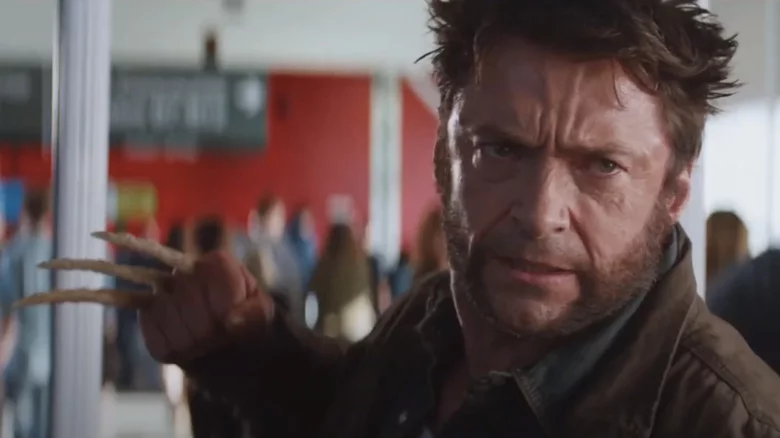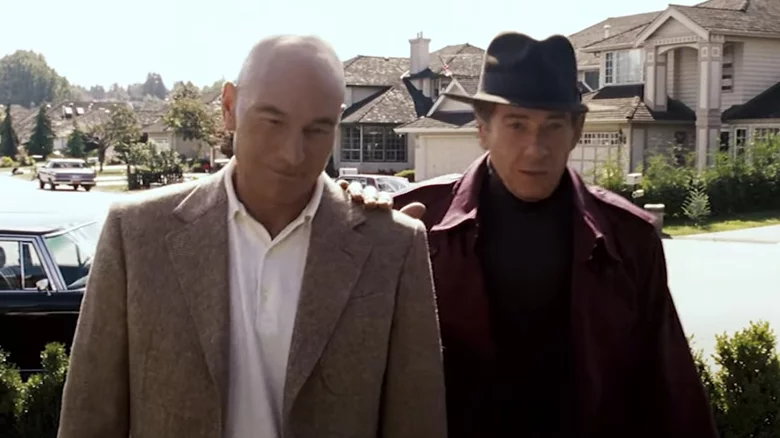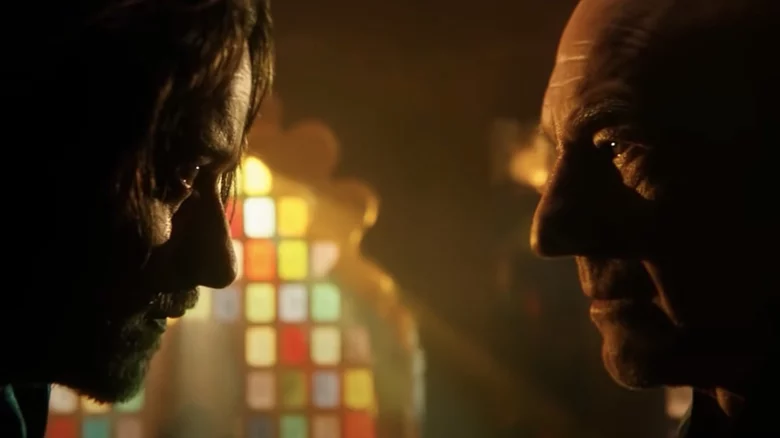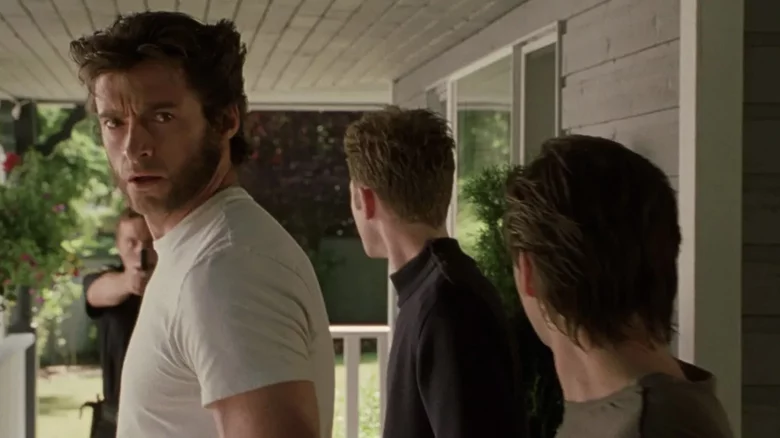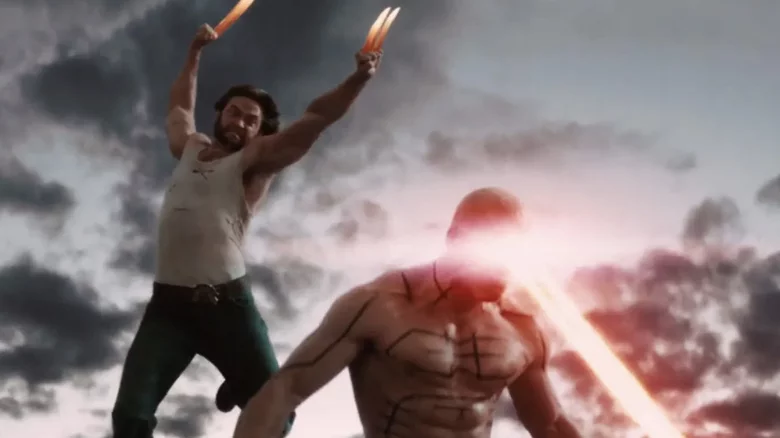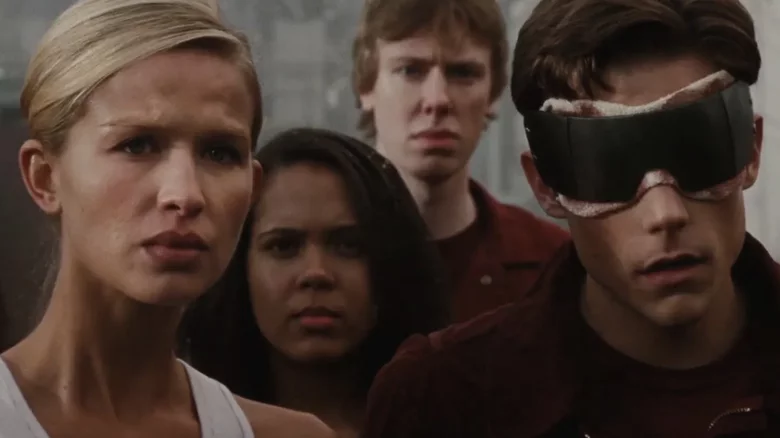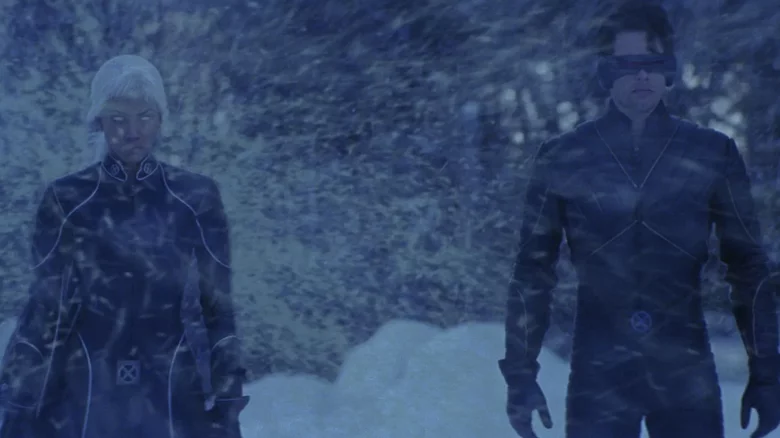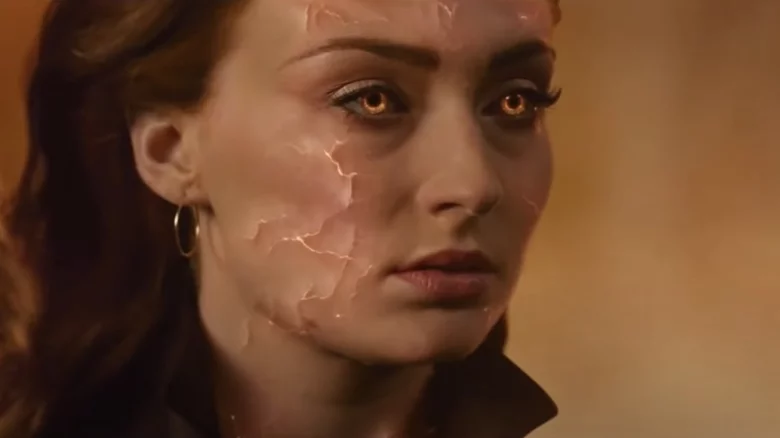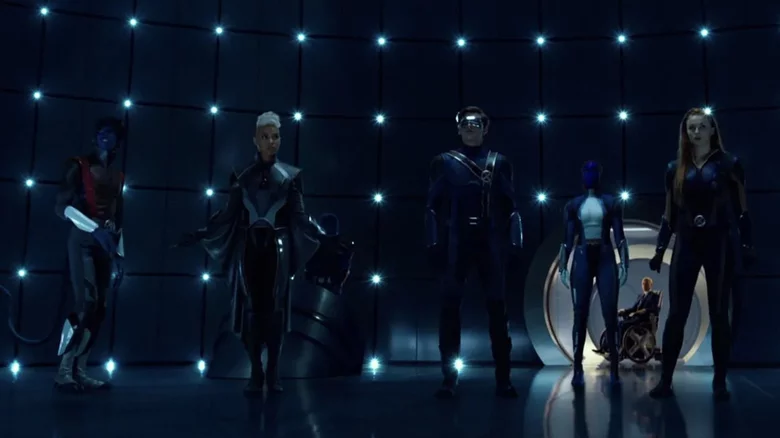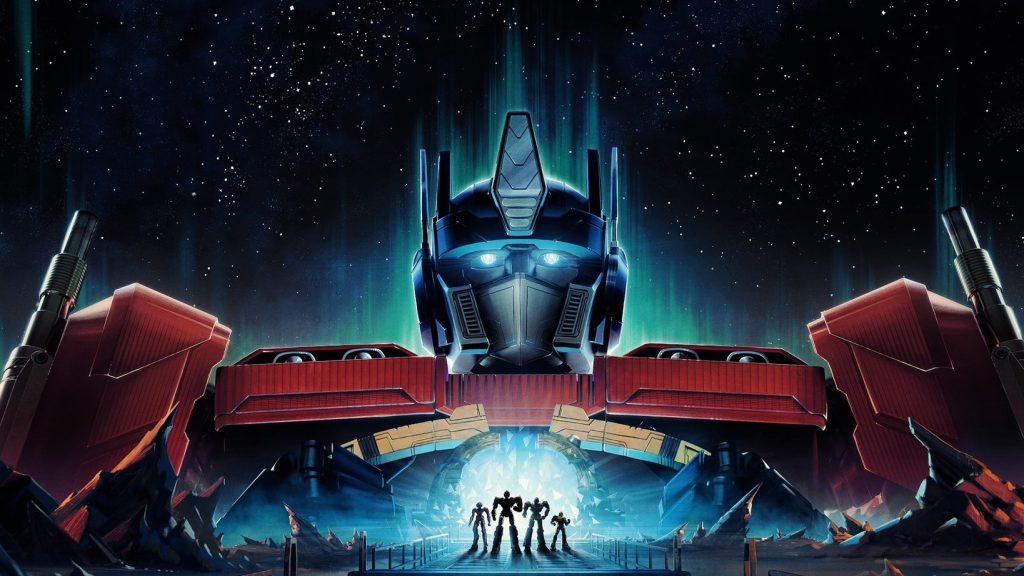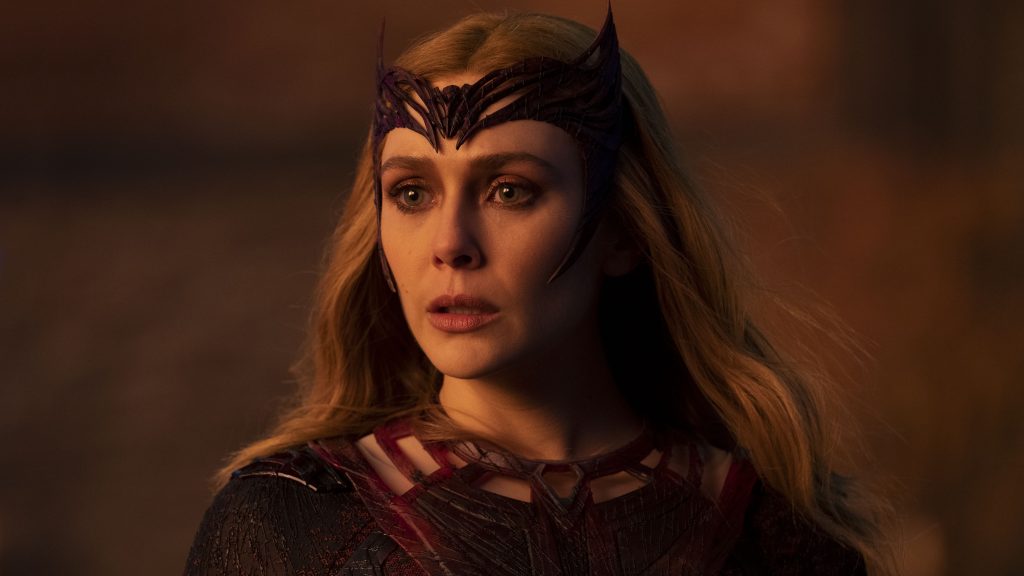Beginning in the early 2000s, Marvel’s “X-Men” film franchise became the company’s first major superhero film property to gain traction. The “X-Men” films were not produced by Marvel Studios but rather by 20th Century Fox Studios; as a result, they are not part of the Marvel Cinematic Universe (MCU). Fans of the X-Men franchise never let the fact that there was a disconnect prevent them from going to see the latest film in theaters. Whether your favorite character is Wolverine, Jean Grey, Magneto, or Mystique, the movies present you with unique interpretations of Marvel’s best mutants. However, these adaptations are not always loyal to the source material.
There are a few distinct recurrent characteristics that kept us coming back for more throughout the initial “X-Men” trilogy, the four prequel movies, and the “Wolverine” trilogy. These can be found in all of the aforementioned. The following is a list of events that occur in each and every “X-Men” movie, with the exception of the two “Deadpool” movies, which take place in different time periods, and “The New Mutants,” which won’t be released until 2020. This was done so that we could accurately chronicle all of them.
In this section, we’ll investigate how the “X-Men” series was able to maintain its popularity for such a long period of time by utilizing reoccurring themes.
With Disney’s recent acquisition of 20th Century Fox, it is inevitable that a complete reboot of the X-Men franchise will take place within the Marvel Cinematic Universe (MCU), with new actors playing all of our favorite mutant characters. But hey, at least we still have all of the old movies to watch for the time being!
A standoff between Xavier and Magneto
If you have ever watched an episode of “X-Men,” you have witnessed a conflict between Erik Lehnsherr, also known as Magneto, and Professor Charles Xavier, also known as Professor X. As the leaders of the X-Men and the Brotherhood, respectively, these two are the most powerful individuals on their respective ends of the mutant morality spectrum (with the exception of Jean Grey), and they engage in conflict with one another on a consistent basis. There are moments when Xavier and Magneto engage in philosophical conflict, and there are other occasions when they engage in conflict that is rather more physical. Even more so than Hugh Jackman’s Wolverine, Professor X and Magneto are the most consistent characters in the “X-Men” movie universe, regardless of who plays them. Whether it’s Patrick Stewart and Ian McKellen or James McAvoy and Michael Fassbender, these two characters are a mainstay in the “X-Men” movie universe.
The casting of these four individuals as the younger and older versions of the legendary adversaries was a stroke of luck for the “X-Men” film franchise. The narrative of “X-Men” is profoundly improved as a result of the contributions made by all four of these actors. The interplay between Charles and Erik makes even the dumpster fire that is “Dark Phoenix,” which will be released in 2019, marginally more watchable. Even while they may not square off against one another in the “Wolverine” trilogy, they do wind up being in the same scene together in “The Wolverine.” It is important to bring up their tumultuous friendship, which was covered in seven different movies.
Fear of mutants
The idea that people are afraid of what they don’t comprehend, and that what they don’t understand is mutants, is a reoccurring motif in many of the “X-Men” comic books. The Fantastic Four and the Avengers are often cheered on by passersby who have no superpowers, but the X-Men are scorned and condemned for their unusual variances in appearance. Over the course of many years, the double standard has been the subject of discussion in a variety of comics and commentary. But whether or not there is a rationale for the seemingly contradictory treatment of mutants in Marvel culture, the films don’t have to worry about it because it won’t be addressed. Because of laws protecting intellectual property, the only beings with extraordinary abilities seen in the “X-Men” films produced by 20th Century Fox are mutants.
In the movies based on the “X-Men” franchise, the talents of characters like Rogue and Wolverine allow them to inflict serious injury or even cause death with just a touch. Both Professor X and Jean Grey have the ability to enter the minds of others. If Cyclops did not have his special visor, he would be able to kill anybody he looked at. Mutants can be harmful. In the film “X-Men: The Last Stand,” which was released in 2006, Worthington Labs develops a treatment for the mutant gene and offers it to any mutant who wants to return to their normal state. In the 2017 film “Logan,” mutants are still subjected to prejudice despite the fact that the events of the 2014 film “X-Men: Days of Future Past” have reshaped the chronology. It would appear that some people, regardless of the passage of time or the efforts of the X-Men, will always remain terrified.
Inconsistent aging
This is not so much a recurring theme as it is a recurring inconsistency, and it’s worth noting. In the “X-Men” movies, particularly in the prequel series, many of the characters maintain the same appearance over the course of several decades of the plot. It can be a little bit distracting at times.
There is no excuse for characters like Alex Summers (Lucas Till), who don’t appear to have aged a day in the 10 years between the events of 2011’s “X-Men: First Class” and 2014’s “Days of Future Past.” While we will give characters like Wolverine and Mystique a pass due to the nature of their mutant abilities, there is no excuse for characters like Alex Summers. The same can be said for the entirety of the cast of 2016’s “X-Men: Apocalypse,” who, by the time of “Dark Phoenix,” which is set almost ten years later, hardly appear to have matured at all.
Even though “First Class” takes place in the 1960s, both James McAvoy and Michael Fassbender’s incarnations of Professor X and Magneto look like they are in their early 30s. This continues all the way through “Dark Phoenix,” which takes place in the 1990s. Of course, the worst offenders are the James McAvoy and Michael Fassbender incarnations of Professor X and Magneto. There is a gap of thirty years between the two films, yet based on how Charles and Erik look, one may conclude that the events depicted in either movie only took place a few years apart.
At the conclusion of “X-Men Origins: Wolverine,” there was a spooky image of Xavier from the 1980s that had been digitally altered to make him appear younger. Those who went to the movies in 2009 were unlucky because Hollywood does not yet have the technology to make Patrick Stewart appear to be as young and limber as James McAvoy.
Philosophically compelling themes
If there is one thing that we are able to say with absolute certainty about the “X-Men” movies, it is that they never fail to provide an engaging conflict between opposing values. You may believe that the themes of peace vs war or love versus hate will become old and stale after some time, but they always have a feeling of being new.
The first two movies that Bryan Singer directed, “X-Men” and “X2: X-Men United” in particular, explore the question of whether or not Homo sapiens and Homo superior (also known as humans and mutants) can peacefully coexist with one another. Magneto performs the role of a mutant separatist in the spirit of Malcolm X, whilst Professor X plays the part of a mutant integrationist in the spirit of Martin Luther King Jr. The tension between them is palpable, and the divergence in their intellectual perspectives results in intriguing conflicts.
These principles are carried over into the “Wolverine” trilogy, despite the fact that as the films go, the underlying meaning gradually shifts. Wolverine’s memory loss makes most of the plot in “X-Men Origins: Wolverine” irrelevant, despite the fact that the film sets Logan against his half-brother Sabretooth in a manner that is vaguely similar to how Professor X and Magneto faced off against each other. When the events of the future in “Logan” take place, our main hero will have already embarked on a new quest. The protagonist, a mutant, is compelled to battle for the future while being tormented by his past. Through these experiences, he learns what it means to be a father and a hero.
Mutant-on-mutant violence
Magneto spends a lot of time talking about how humans look down on mutants, despise them, experiment on them, and wish to kill them. However, in the “X-Men” movies, we see mutants fighting each other just as often as we see humans fighting each other. Mutants do more than their fair share of fighting other mutants, whether it be the X-Men versus the Brotherhood in 2000’s “X-Men” and “The Last Stand,” their battle against Sebastian Shaw (Kevin Bacon) in “First Class,” or the ancient Egyptian mutant Apocalypse (Oscar Isaac) in “Apocalypse.”
Even the most critically lauded “X-Men” flicks, “X2” and “Days of Future Past,” have some terrific superpowered-up action sequences. Sure, the X-Men and Magneto work up to combat their extinction in both films; but, “Days of Future Past” and “X2” are the films in question. At the conclusion of each installment of the “Wolverine” film series, Logan engages in combat with a mutant adversary, and the X-Men fight Jean Grey on many occasions throughout the series. Observing some of the most powerful mutants compete against one another is, without a shadow of a question, an extremely thrilling thing to do. It should come as no surprise that the films based on the comic book series “X-Men” make it a point to incorporate a number of significant superpowered mutants.
Inconsistent timelines
The canonical timeline of the “X-Men” series is notoriously difficult to follow due to the fact that it frequently contains ambiguous and even contradicting information. Although there is nothing inherently wrong with presenting a compelling tale, doing so in a way that disrupts the continuity of the show is not only uncreative but also has the potential to turn off longstanding viewers. Even putting aside the few characters that don’t appear to have any visible signs of aging, there are other aspects that just don’t make any logic.
For instance, in the episode “X-Men,” Professor X states that he first met Magneto when the latter was only 17 years old, while in the episode “First Class,” they are both adults. In a same vein, Mystique and Xavier spent their childhoods together, according to the timeline that was established in “First Class.” There is no indication in the first three books of the series that the professor and the mutant who can take on several forms are related in any way, such as being brothers or sisters.
Is there anything else? You bet. When Professor Xavier encounters a younger version of Jean Grey in “The Last Stand,” we see him walking and using his abilities. How is this possible given that he was paralyzed in the 1960s? Although it is true that “First Class” introduces a new “X-Men” timeline that is never actually implemented, this only explains for a portion of the inconsistencies; they are still present. If Scott Summers meets Logan, Sabretooth, and William Stryker in the movie “X-Men Origins: Wolverine,” then why does he not know any of them when he sees them again in later movies? Why are there two separate Moira MacTaggerts, Emma Frosts, and Bolivar Trasks in this story?
We might point out a countless number of such inconsequential lapses in continuity that are present throughout the “X-Men” films. At this point, they are only an integral part of the allure of this series.
Cyclops and Storm never fulfill their potential
Many people have, throughout the course of the years, pondered the question of why the films based on the “X-Men” franchise appear to exploit and mistreat the much-loved character Scott Summers, also known as Cyclops. Cyclops was known as the commander of the X-Men and one of the world’s finest superheroes overall over the majority of his tenure in Marvel Comics; yet, when the movies came around, he became a joke. In the perspective of the general public, the master tactician was demoted to the role of a possessive boyfriend who was occasionally called upon to perform heroic deeds. Even James Marsden was unable to help him out of this jam.
Cyclops and his tale are shunted to the side in favor of putting Wolverine front and center in the first three movies, with Scott’s death in “The Last Stand” occurring completely offscreen. This is done in order to place the focus on Wolverine. Cyclops gets a bit more attention in “Apocalypse” and “Dark Phoenix,” which is a blessing; yet, he continues to be overshadowed by Xavier, Magneto, and other characters.
In the vast majority of the “X-Men” movies, Storm is at least as underutilized as other characters. As soon as the other mutants make an appearance, the movie’s interest in her past background wanes, despite the fact that “Apocalypse” does explore her truly unique history for a portion of the film. As was the case with Cyclops, this famous character is given very little screen time throughout her entire run in the series. This is unfortunate because she was perfectly capable of leading the X-Men following Scott’s death in “The Last Stand,” but the writers chose not to give her the opportunity. There is little question that both Halle Berry and Alexandra Shipp’s interpretations of Ororo Munroe deserved a great deal more recognition.
Mystique
A true mainstay of the “X-Men” film series is the blue Mystique, also known as Raven Darkholme, who was portrayed by Rebecca Romijn in the first three films of the franchise and by Jennifer Lawrence in the subsequent four films of the prequel series. Although Raven does not make an appearance in any of the “Wolverine” films, it is impossible to overstate the impact that she has had on the overall series.
In the first three movies, the blue shape-shifter serves as Magneto’s second-in-command and is portrayed as an utterly heartless killer who is unafraid to get her hands and feet dirty if it ensures that the Brotherhood’s objectives are accomplished. In the prequel series, the younger version of Jennifer Lawrence’s character matures alongside Charles Xavier, comes up with the name “X-Men,” and flips allegiances more times than we can count.
In every main installment of the “X-Men” series, Mystique plays a significant role, either as a free agent, a high-ranking member of the Brotherhood, or the leader of the X-Men. Even after her actress inadvertently achieves a level of fame that precludes her from playing a supporting role in a “X-Men” film, Raven is able to appear in the films when they require her presence. Mystique is an X-Men character in her own right, and it is abundantly evident that she deserves this status despite the fact that her goals and motivations aren’t always consistent with one another and frequently shift in response to the requirements of the most recent tale.
Wolverine wrestles with his past
The tragedy that befell Wolverine is, without a doubt, the overarching theme of each and every “X-Men” movie. Even though “X-Men Origins: Wolverine” does a thorough job of chronicling his biography, the movie’s conclusion has Logan forget almost all about his existence before 1985. This indicates that Logan has a poor memory due to the fact that he was born in the early 1800s.
Both “X-Men” and “X2” deal with Logan’s lost memories, with the latter digging directly into his prior participation with the Weapon X program, which lays the stage for his first solo film. Both of these films are part of the X-Men franchise. However, Logan’s history continues to follow him even after he has a confrontation with William Stryker (Brian Cox), the man who was responsible for creating him.
In both “The Last Stand” and “The Wolverine,” which was released in 2013, Logan bemoans Jean Grey’s passing and blames his role in bringing about her destruction. In “Days of Future Past,” he is given the opportunity to alter the course of history; nevertheless, in “Apocalypse,” despite the fact that his efforts were successful, he is nonetheless subjected to horrific treatment at the hands of Weapon X.
In the television show “Logan,” Wolverine has memories from two separate timelines, and the adamantium that was implanted in his bones has started to poison him. He appears to be slowly passing away at the hands of his past. But before Logan could pass away from the adamantium poisoning, he was finally slain by his younger clone, demonstrating once and for all that Logan is his own greatest enemy.
Completely dropped plotlines
The “X-Men” series is the undisputed champion when it comes to setting up intriguing narratives and storylines, only to completely disregard them in the following episode. Even if it can be difficult to get certain actors to reprise their roles or convince certain directors to continue on for one more picture, those are terrible excuses for all of the discarded or retconned plotlines that the “X-Men” movies throw at us. Those are just two examples. Some of them can be explained away as being caused by offscreen resolutions, while others are simply too significant to disregard.
At the conclusion of “Days of Future Past,” Mystique is seen pretending to be William Stryker in order to save Wolverine from the river. Why did she do this? And how is it that by the time of the subsequent film, “Apocalypse,” the actual Stryker has been conducting experiments on Logan without any apparent participation from Mystique? What about the sibling rivalry between Sabretooth and his brother, which was detailed in “X-Men Origins: Wolverine”? Why does it get absolutely no attention in “X-Men”? Did Sabretooth also get shot in the brain with an adamantium bullet? Also, after having his adamantium claws severed in “The Wolverine,” why does Logan have them again in “Days of Future Past”? We are aware that his claws regrow as bone, but we are unsure of where he obtained additional adamantium.
Regardless, each new “X-Men” movie seems to merely ignore the inconvenient events of the previous one, which leads us to believe that they required their own solution to Kevin Feige keeping track of it all. (Feige, ironically, is listed as a producer on the first three films in the series.)
Adapting classic comic book stories
It wouldn’t be a “X-Men” film if they weren’t adapting some of the most interesting and engaging X-Men stories from Marvel Comics’ back catalog. The movies do their best to adapt the original material, but it’s possible that they won’t be able to do so as accurately as “X-Men: The Animated Series” is known for doing.
The first film directed by Bryan Singer is not an adaptation of a specific comic narrative; however, it does include elements of multiple other comics. The story arc “Return to Weapon X” from “Ultimate X-Men” written by Mark Millar and illustrated by Adam Kubert served as inspiration for “X2,” as did the graphic novel “X-Men: God Loves, Man, Kills” written by Chris Claremont and illustrated by Brent Anderson, which was published in 1982. “The Last Stand” is the first issue to embrace the “Dark Phoenix Saga,” while also featuring parts of writer Joss Whedon’s story arc “Gifted” from his run on “Astonishing X-Men.” “The Last Stand” is the first issue to adopt the “Dark Phoenix Saga.”
Each installment in the “Wolverine” trilogy borrows elements from previously published, canonical Wolverine tales, such as “Wolverine: The Origin,” the “Wolverine” miniseries written by Chris Claremont and illustrated by Frank Miller, and “Old Man Logan,” written by Mark Millar and Steve McNiven, respectively. In the meantime, “First Class,” which tells a fully original version of the character’s origin tale, borrows its name from a comic book series of the same name. “Days of Future Past” is, of course, an adaptation of the Chris Claremont comic of the same name, and it is followed by “X-Men: Apocalypse,” which is largely inspired by “Fall of the Mutants,” which was X-section Factor’s of the crossover event that took place in the 1980s. The tenth and final episode of the “X-Men” film series, titled “Dark Phoenix,” is an adaptation of the “Dark Phoenix Saga” that takes place after the events of “Days of Future Past” and takes place in the new chronology that was established in that film.
A heroic reset
The “X-Men” movies have a propensity to reset themselves rather frequently, and this can take the form of soft reboots, hard reboots, resets to the timeline, memory erasures, or even just discarding all that has come before. The prequel film “X-Men Origins: Wolverine” alters Logan’s history, while the sequel film “First Class” appears to alter the histories of Xavier, Magneto, and Mystique in a similar manner.
The most obvious candidate in this case is “Days of Future Past,” which retcons the significant events of “The Last Stand” so that they no longer take place. At the very end, “The Last Stand” teases that the mutant cure didn’t entirely work on Magneto, that Xavier’s consciousness continues to go on in another body, and that the X-Men will rebuild as they always have. This brings the story full circle and returns it to its original settings.
The conclusion of some of these flicks includes a hint or tease about how the upcoming movie adaptation of X-Men would use iconography from the comics. The original version of “The Wolverine” was edited so that it finished with Logan getting a new costume that was identical to his comic book attire. At the conclusion of “Apocalypse,” the X-Men are shown donning outfits that are remarkably similar to those found in comic books. Naturally, the more colorful clothing are utterly ignored by “Dark Phoenix,” which substitutes them with dull uniforms that are somehow worse than the black leather that was used in the first three films in the trilogy.
One thing is certain: despite the several occasions on which the “X-Men” brand has restarted itself, nothing will be able to compete with the eventual reboot of the MCU.

